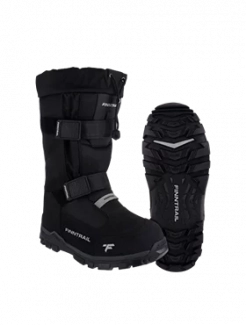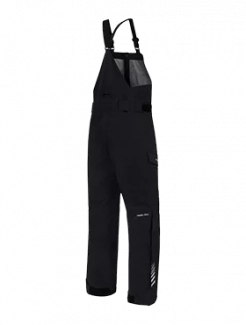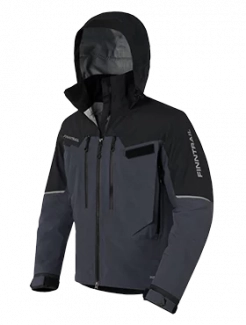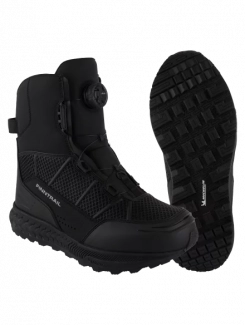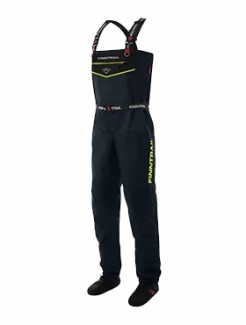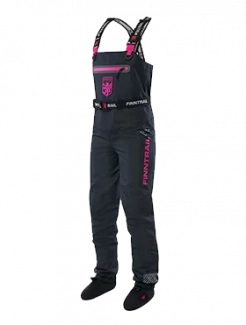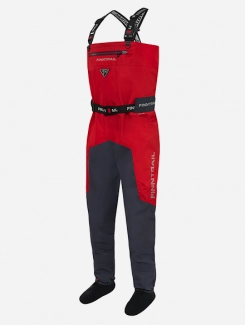How to Choose an ATV Winch
We think of off-roading and we see adventure and power, but sometimes all that fun lands us stuck in the mud. Until we get out, the fun's over. For all of these situations, you need an ATV winch. Read this post to learn how to choose an ATV winch so it gets the job done.
THE RIGHT FIT

It is tempting to just decide on the bigger, the better and grab the mightiest winch there is, but it could be unnecessary expense and potentially dangerous.
The ATV winch needs to be strong enough for any situation your ATV or UTV is likely to encounter. If not, you could find yourself stuck in your stuck situation. You also need to make sure it isn't so heavy that it slows you down or throws your vehicle's balance off, making an accident more likely.
RATED LINE PULL
The rated line pull tells you how much the winch can pull. To determine how much pull you need, you need to figure your ATV's weight and the situations you expect to be using the winch for. For instance, if you intend to collect firewood, you won't need as powerful a winch as you will to get unstuck fr om the mud. The suction of the mud creates resistance that requires significantly more power to free the ATV than just what is required to pull the ATV's weight.
ATV WEIGHT
 If you know your gross vehicle weight rating (it's usually in the owner's manual) or have calculated the vehicle's weight, you can multiply its weight by 1.5 to get the minimum pull capacity needed for your ATV. This means the minimum strength needed to just move the ATV.
If you know your gross vehicle weight rating (it's usually in the owner's manual) or have calculated the vehicle's weight, you can multiply its weight by 1.5 to get the minimum pull capacity needed for your ATV. This means the minimum strength needed to just move the ATV.
Generally:
- 1,500-pound capacity is good for ATVs under 300cc.
- 2,500 pounds handles 300cc and up.
- 3,000 pounds are needed for the largest ATVs.
- 4,000 pounds is only needed for side-by-side UTVs.
If you've added aftermarket accessories to your ATV, they could impact the weight enough to make you need a larger winch. Factor that in too.
CABLE
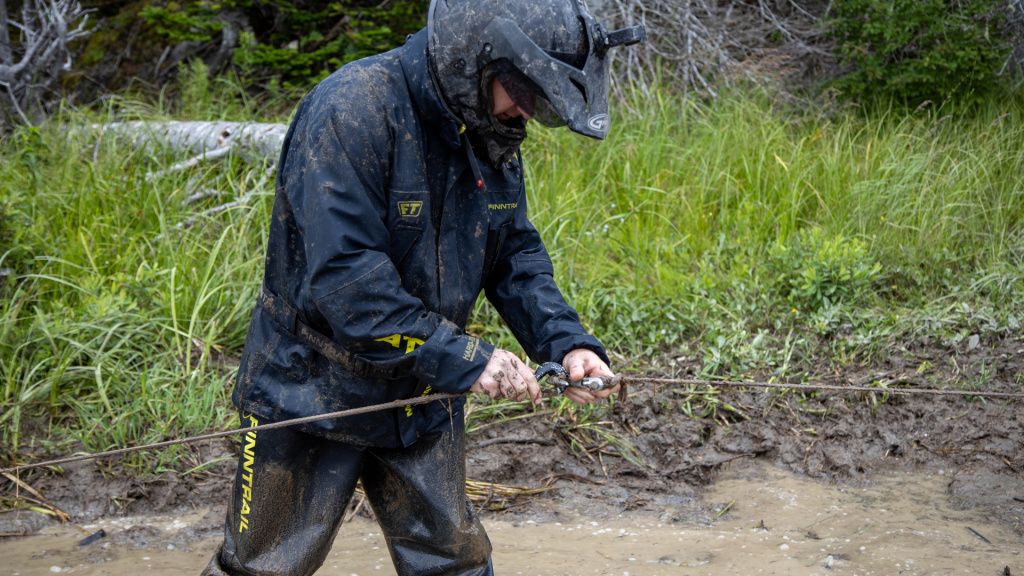
You will be choosing between steel and synthetic cable. Neither is automatically better than the other. They both have unique strengths and weaknesses.
Steel cables are made of aircraft-grade steel and are more indestructible, requiring less maintenance and taking a lot of heat, which is beneficial for faster winches. The problem is that steel cable does endure some wear and can leave splinters in your skin and they can injure people and damage vehicles if the cable snaps while under load. You can wear gloves to prevent damage to your skin.
Synthetic cable is actually stronger than steel in the pulling department while also being lighter, reducing winch weight. it is also safer should it snap. The downside is that it requires more maintenance and can't take as much heat, so it might serve you better in slower winches. It is also more likely to be damaged in rough terrain.
Synthetic cable is a great choice for most winching needs, particularly those who will be frequent winch users. Steel is a better choice for emergency winch use or for utility uses like moving logs or hay or plowing snow.
PLANETARY OR WORM?

If you see these terms on a winch you're buying, they describe the gear train in the winch.
Planetary has multiple gears and pulls faster, but it produces more heat which can damage synthetic cables.
Worm has two gears, pulling slower but producing less heat.
SOLENOID MOUNT
Integrated solenoids are built into the winch for greater durability, but they also take up more room, potentially impacting whether you can fit the winch on your machine.
Remote solenoids are separate fr om the winch itself and provide flexible placement options. This is the most popular choice.
BUDDIES

Will you potentially be using your winch to help a member of your ATV group get unstuck? You might need to get a winch a little stronger than what you need for your ATV to accommodate their rides too.
PLACEMENT
An easy to forget but all too important part of buying a winch is whether it will physically fit on your ATV. The best winch in the world won't do you much good if you can't install it on your machine. Determine wh ere you'll be placing the winch on your ATV and take measurements, then check the specifications on any winch you're considering.


